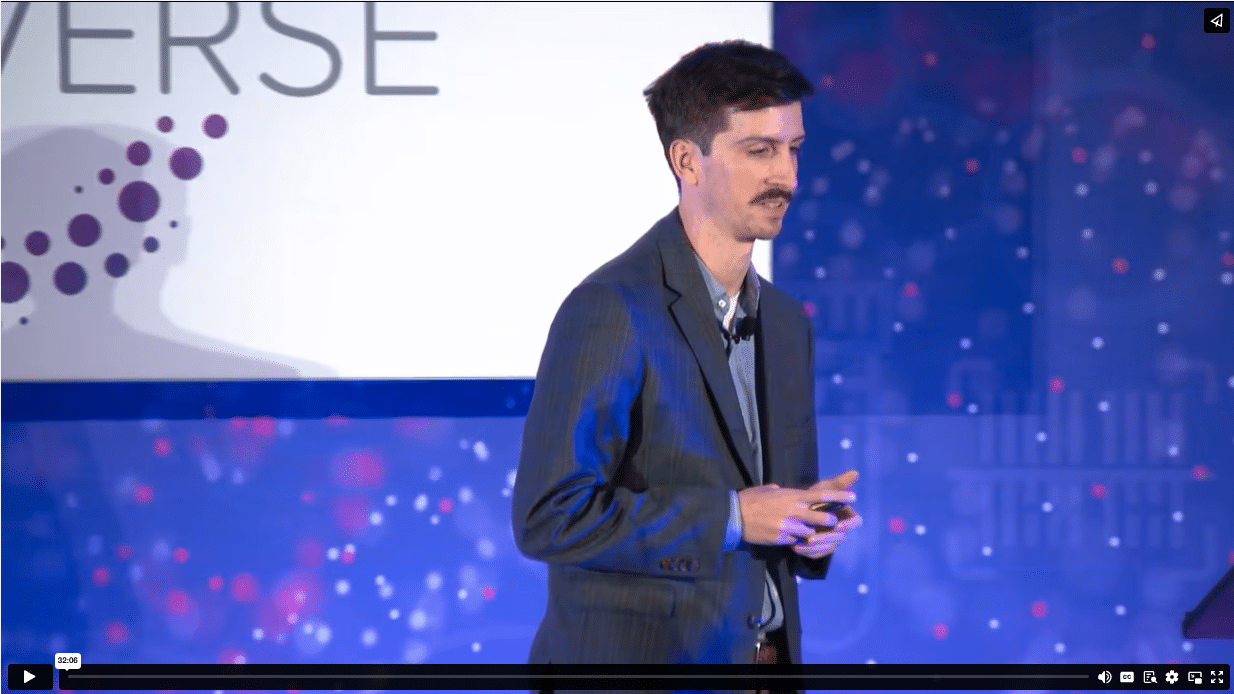L7 | CHATS
customer story
The Future of Pathogen Detection: A Genomic Breakthrough
by L7 Informatics | posted on March 11, 2024
Imagine a world where identifying a pathogen in a clinical sample isn’t a painstaking wait for cultures to grow and where we rely on something other than the limited view of DNA-based methods. Justin Wright, the Executive VP of Data Analytics at Contamination Source Identification, or CSI for short, walks us through a scientific marvel that promises to transform the landscape of clinical diagnostics. Welcome to the future of diagnostics, where RNA sequencing takes center stage.
CSI’s RNA Powerhouse: A Game Changer
At the heart of the CSI revolution is a groundbreaking RNA-based approach. It’s not just another diagnostic tool; it’s a game-changer. This cutting-edge technology can simultaneously detect thousands of active pathogens, providing a dynamic window into what’s happening inside a patient’s body.
Imagine this: with the help of state-of-the-art robotic liquid handlers, CSI speeds up sample processing, extracting, purifying, and enriching microbial RNA. This RNA sequence is like a unique identifier for transcriptionally active microbes, enabling precise, lightning-fast diagnoses that are changing the game of clinical diagnostics as we know it. It’s not just about identifying pathogens; it’s about understanding them in real time.
Streamlining Data Management with L7|ESP™
We all know that data can be a monster to manage. But not for CSI. At the center of their data management lies the L7|ESP platform, seamlessly bridging the gap between the wet lab and dry lab phases: no more lost-in-translation moments or delays. With L7|ESP, data flows effortlessly while ensuring compliance in the highly regulated clinical diagnostics field.
Orthopedic Advancements: CSI’s Groundbreaking Approach to Pathogen Identification
CSI’s initial proof of concept was initiated by a challenge from Dr. Javad Parvizi, a world-renowned thought leader for prosthetic joint infections. In addition to the precise reporting of pathogens in infected knees, CSI’s platform unearthed an existing microbiome in synovial fluid, contrarian to traditional teaching and mindset.
Additional collaboration with Zimmer Biomet, a medical device company that works on restoring mobility, alleviating pain, and improving the quality of life for patients around the world, further challenged the data management system and the L7 platform. CSI tested their method on 320+ synovial fluid samples. The results weren’t just promising; they’re a potential game-changer for accurate and rapid diagnoses of prosthetic joint infections and a ray of hope, as traditional methods often struggle with high false positive and false negative rates, especially when dealing with challenging-to-culture pathogens.
A Glimpse into the Future
The possibilities offered by CSI extend beyond the realm of prosthetic joint infections. The future looks bright. The company is actively seeking collaborations with clinical institutions to explore the application of their technology in early sepsis detection and blood analysis, which is not only lifesaving but offers significant savings to the healthcare cost burden. They’re also gearing up to tap into machine learning and predictive analytics, ready to squeeze every drop of knowledge from their data.
In Conclusion
CSI’s hyper-focus on RNA-based sequencing and functional gene profiling, combined with their continued technique refinement and expanded collaborations, aims to make significant strides in clinical diagnostics. L7 is dedicated to its success, and L7|ESP offers a robust and flexible unified platform to enable the CSI team to make their mark on the world of pathogen detection.

